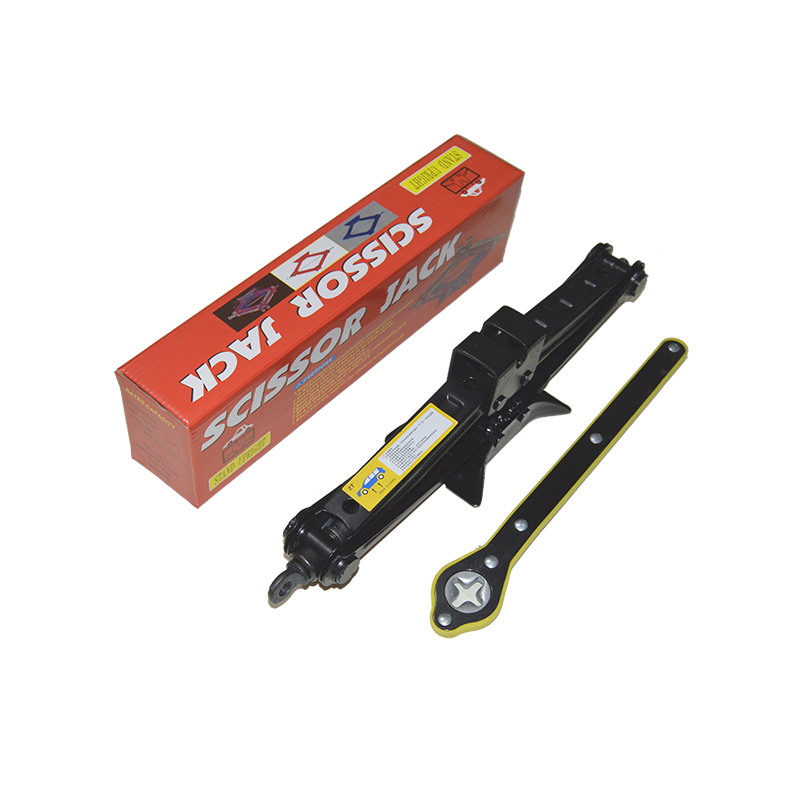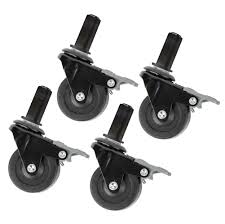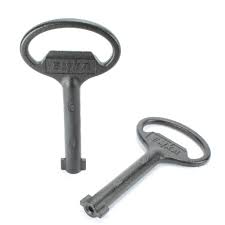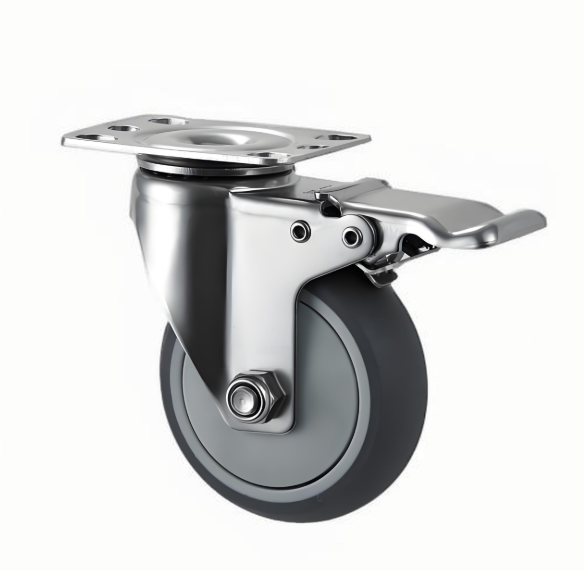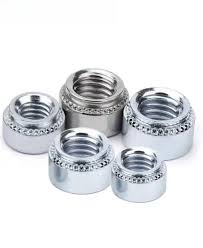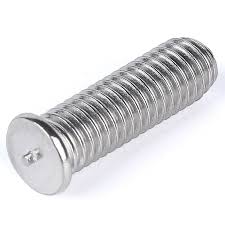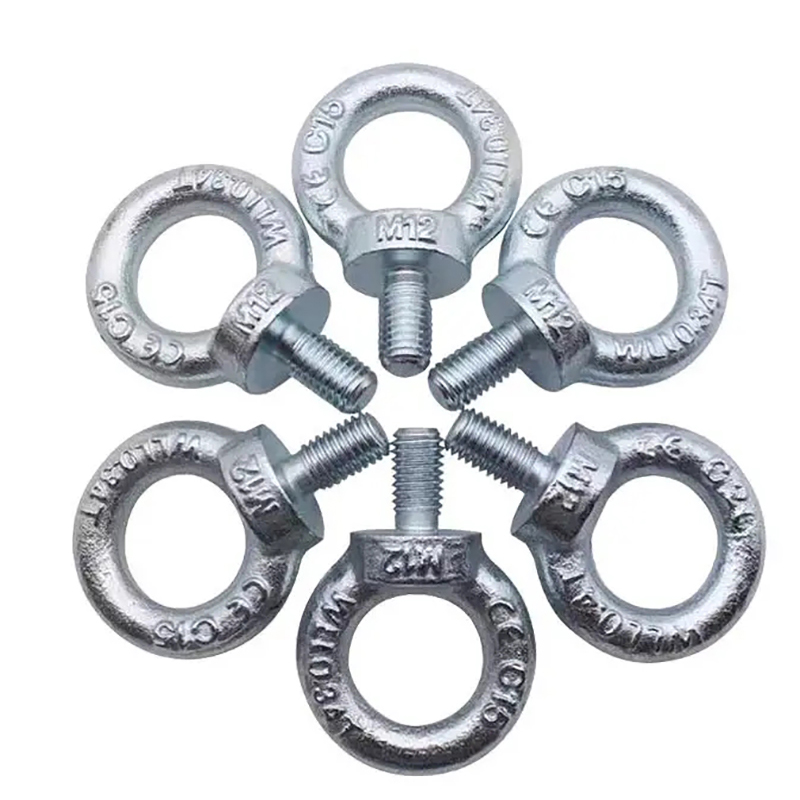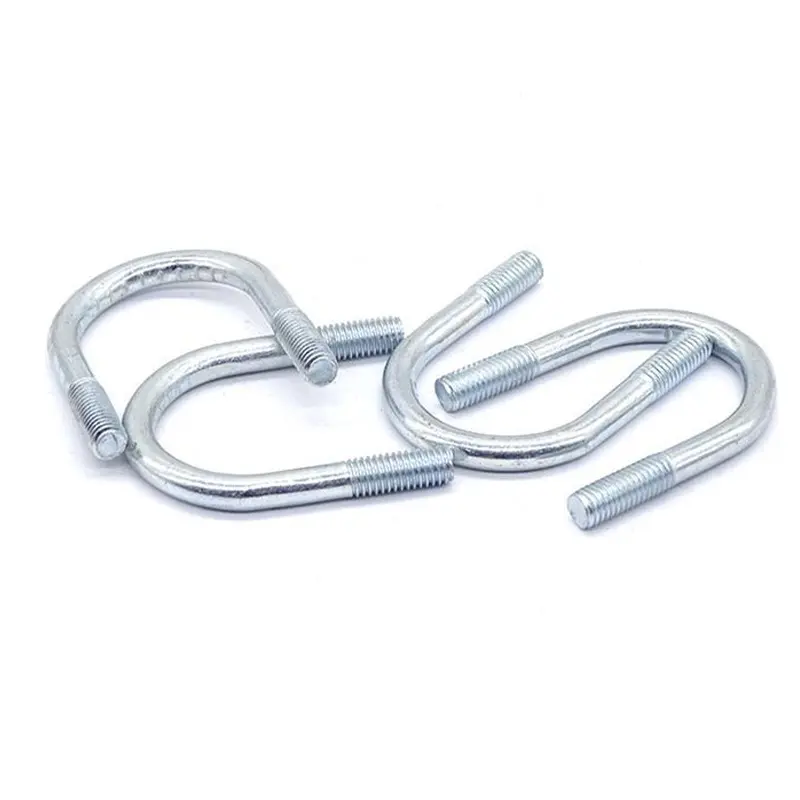

Buy Toilet Shims: A Comprehensive GuideThis guide provides a comprehensive overview of toilet shims, explaining their purpose, types, installation, and troubleshooting. Learn how to choose the right shims for your toilet installation and fix common issues.
A wobbly toilet is not just annoying; it can lead to leaks and damage over time. The solution? Toilet shims! These inexpensive and readily available components can provide the stability your toilet needs. This guide will help you understand why you might need toilet shims, what types are available, and how to install them correctly. Whether you're a DIY enthusiast or hiring a plumber, understanding toilet shims is crucial for a successful toilet installation.
Toilet shims are thin, wedge-shaped pieces of material used to adjust the height and level of a toilet. They're essential when the toilet flange isn't perfectly level with the floor, or when slight adjustments are needed to achieve a secure and stable fit. Uneven flooring, a poorly installed flange, or even settling of the floor over time can all necessitate the use of toilet shims. Using toilet shims prevents wobbling, ensures a proper seal, and ultimately extends the life of your toilet.
Several types of toilet shims exist, each with its advantages and disadvantages. Common materials include plastic, rubber, and wood. Plastic shims are often preferred for their durability and ease of use. Rubber shims offer good cushioning, while wooden shims may be used for larger adjustments. When choosing toilet shims, consider the size of the gap you need to fill and the material's suitability for your installation.
Plastic toilet shims are a popular choice due to their durability, water resistance, and ease of installation. They come in various thicknesses and are typically inexpensive. Their consistent shape and size make them a reliable option.
Rubber toilet shims provide a degree of cushioning and vibration dampening. This can be particularly beneficial if you're concerned about noise or have an uneven floor. However, they may not be suitable for larger adjustments.
Installing toilet shims is generally a straightforward process, but careful attention to detail is crucial. Ensure the toilet is properly positioned before adding shims. Place shims under the toilet base, ensuring even weight distribution. Once the toilet is level and stable, tighten the bolts firmly. Check for any wobbling. If needed, add or remove shims to achieve a perfect fit. Always refer to your toilet's installation instructions for specific recommendations.
Even with careful installation, problems can still arise. A wobbly toilet after using toilet shims might indicate uneven flooring or an incorrectly installed flange. In these cases, addressing the root cause is crucial. If the issue persists after reinstalling toilet shims, consult a qualified plumber.
You can easily find toilet shims at most home improvement stores, both online and offline. Many online retailers offer a wide selection at competitive prices. For specific needs or large projects, contacting a plumbing supply store may be beneficial. Consider checking out reputable brands for quality assurance.
For high-quality fasteners and other building materials, you might want to explore Hebei Dewell Metal Products Co., LTD. While they may not directly sell toilet shims, their expertise in fasteners demonstrates their commitment to quality products for construction and home improvement projects.
Using toilet shims is a simple yet effective way to ensure a stable and leak-free toilet. By understanding the different types, installation methods, and potential troubleshooting steps, you can tackle this common home repair with confidence.

